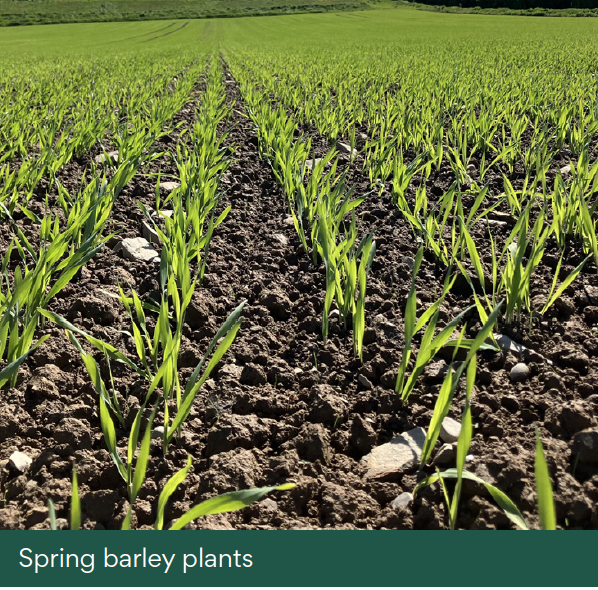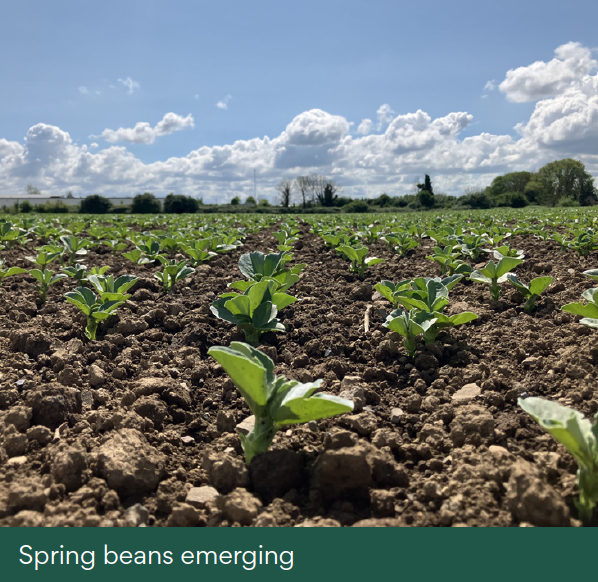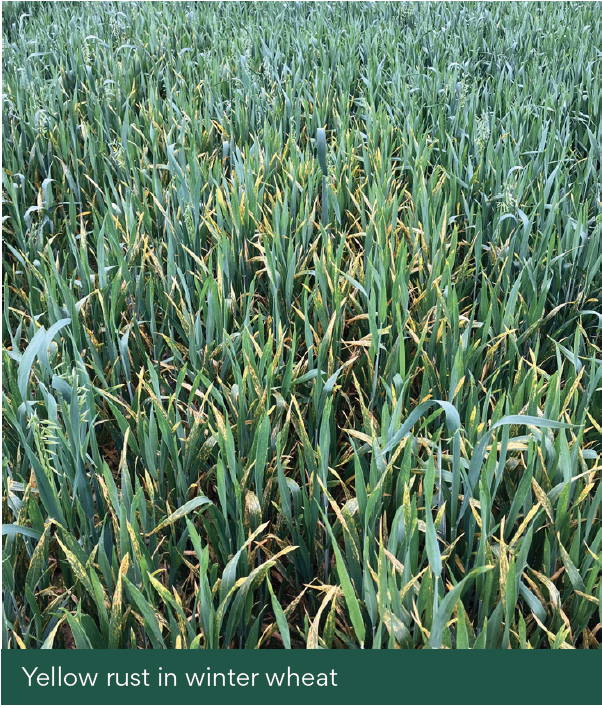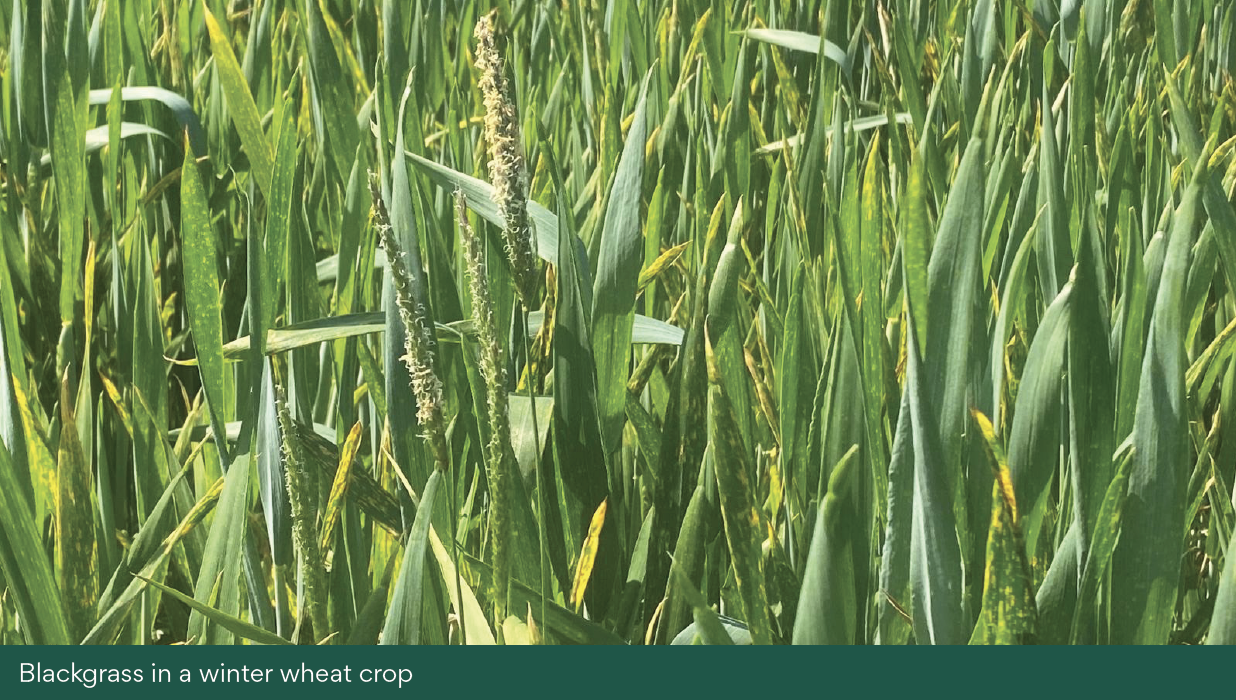Spring Cereals

Spring crops need to be front loaded with Nitrogen to drive growth and increase tiller numbers. All fertiliser should be applied by now, and rates should be calculated to match potential. As crops are going through growth stages at such speed, a Plant Growth Regulator (PGR) application is important to reduce apical dominance and create a dense canopy. Late sown crops might need to be rolled to create better seed to soil contact. This will also induce tillering.
The risk of Barley Yellow Dwarf Virus (BYDV) is much higher in later sown spring barley. The rise in temperatures increases aphid activity. It is recommended to apply an aphicide at the 2 – 3 leaf stage to get the most control out of a single application. There is an opportunity to control weeds in the same pass as the aphicide. Following the good weather, most weeds have germinated and are actively growing. This is the ideal time to apply a herbicide. It is important to walk your crop and assess what weeds are present in fields. Know your field history, weeds such as Corn Marigold, Poppy and Canary Grass can be harder to kill.
It is important to apply trace elements early onto spring crops. Many fields are showing Manganese deficiency, this can be identified under wheel lines and visible striping throughout the field. For more advanced plants Manganese deficiency can be noticed from soft growth.
The first fungicide application is generally applied early to spring barley crops. It is important to target an application at the mid tillering stage (GS 25 – 29). This application is important to combat diseases such as Net Blotch and Rhyncosporium and prolong green leaf retention. Including seaweed products in the mix at this stage reduces plant stress. Spring barley is particularly susceptible to Ramularia infection, it is important to keep plants as healthy as possible to prevent the onset of Ramularia.
Spring Beans

It is important to monitor crops for bean weevil activity. A key indicator of activity is notching around the edges of the leaf. A threshold of 10% notched plants per metre squared is recommended prior to treatment with a pesticide. Many bean crops are already beginning to form the nodules on their stems and roots. It is crucial to encourage nodulation and keep the crop healthy during this process.
Plant nutrition is vital during the nodulation period. Trace elements such as Boron, Molybdenum, Zinc and Manganese need to be applied. Drummonds Pulse Plus product is an excellent source of all essential trace elements for Bean crops. Newly released products containing Nitrogen fixing bacteria have been seen to improve nodulation in bean crops.
The first fungicide application will be applied to beans in June. The main diseases to control are Chocolate Spot and Downy Mildew. A fungicide application at early flowering and again towards late flowering will target Chocolate Spot. Downy Mildew control is preventative only.
Winter Wheat
 Many crops will have received their T2 (Flag Leaf) spray already. This is the most important timing for disease control on winter wheat, as the Flag Leaf contributes most to yield. The Flag Leaf application is also the final opportunity to apply a growth regulator to the crop and take out any remaining weeds. It is important to alternate chemistry when planning a fungicide programme for winter wheat.
Many crops will have received their T2 (Flag Leaf) spray already. This is the most important timing for disease control on winter wheat, as the Flag Leaf contributes most to yield. The Flag Leaf application is also the final opportunity to apply a growth regulator to the crop and take out any remaining weeds. It is important to alternate chemistry when planning a fungicide programme for winter wheat.
Winter Barley
The final fungicide application is complete on winter barley crops and for many the gate is closed. Crops are looking well as they begin to head out.
Winter Oats
 The final fungicide application on winter oats is to target late Mildew, and Crown Rust.
The final fungicide application on winter oats is to target late Mildew, and Crown Rust.
Grass Weeds
It is important to continue monitoring all fields for grass weeds. A zero-tolerance approach is necessary for effective control. Mark areas where grass weed populations are high, and in severe cases spot spraying may be recommended before seed is set. Remember field history and make note of areas that will require a strong pre-emergence herbicide in the coming autumn.
To View Drummonds Connect Newsletter as pdf - Click Here
To contact your local Drummonds Agronomist / Branch - Click Here


